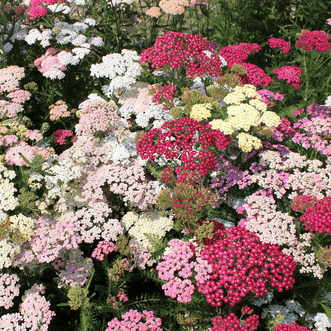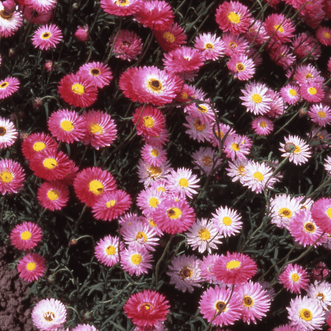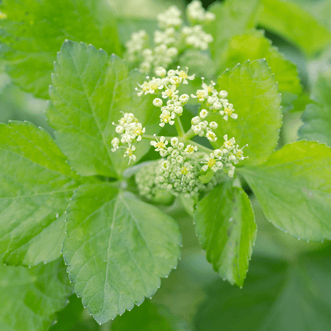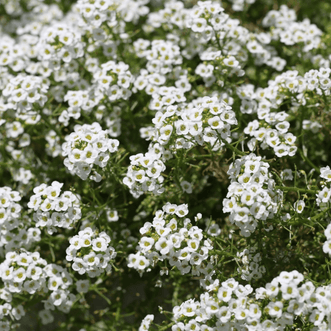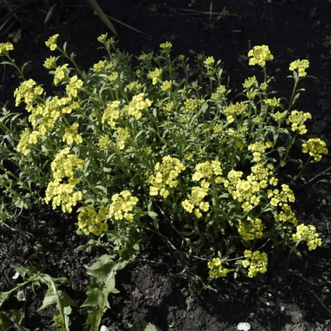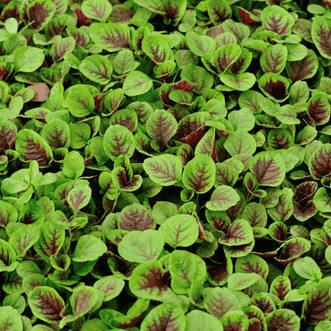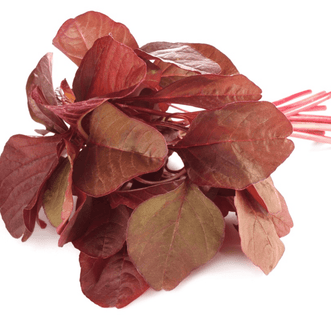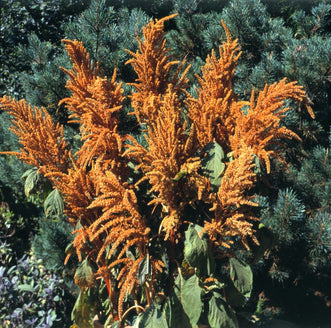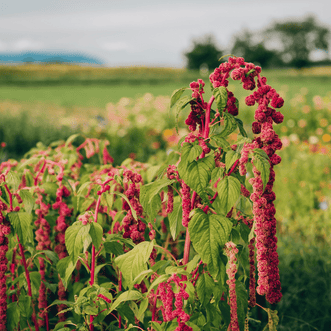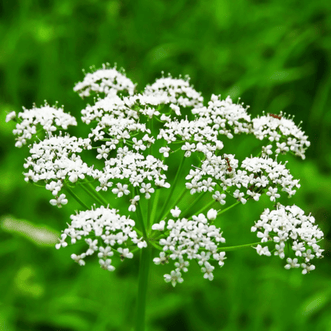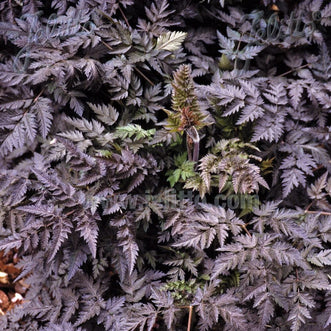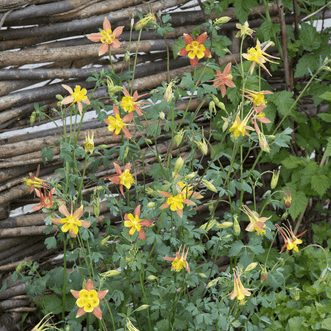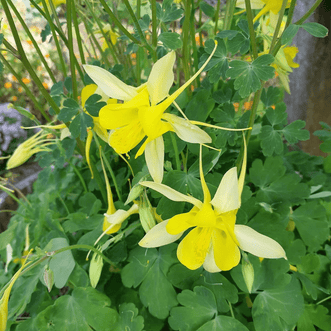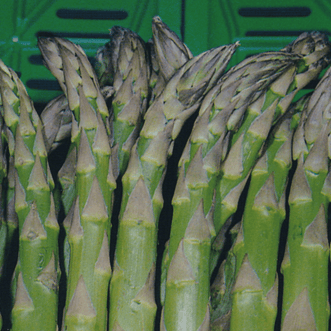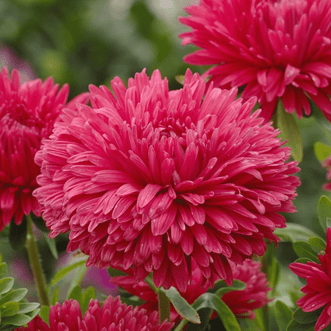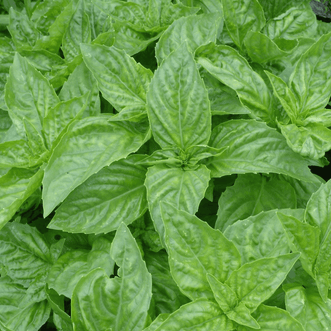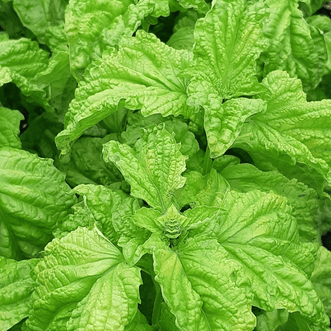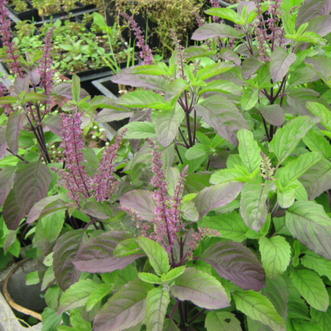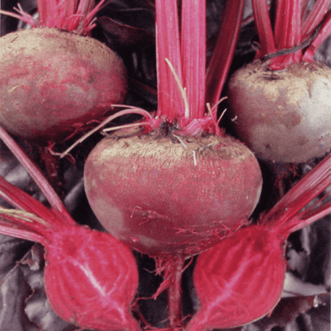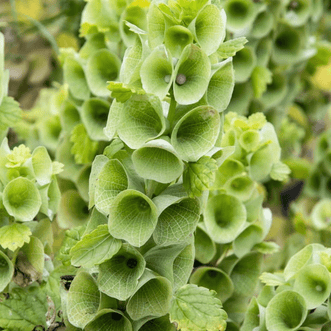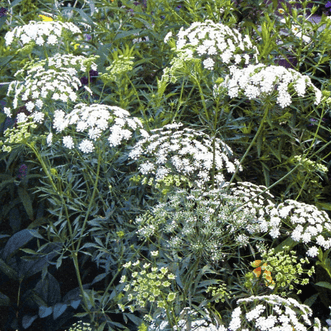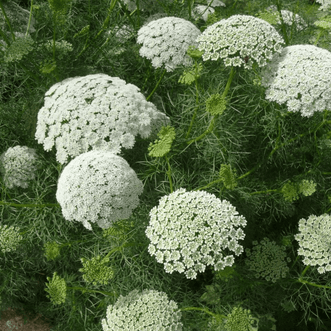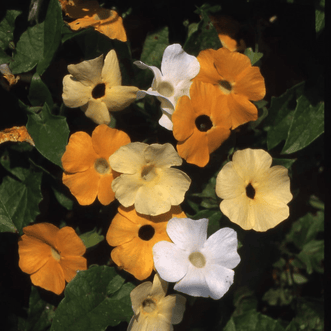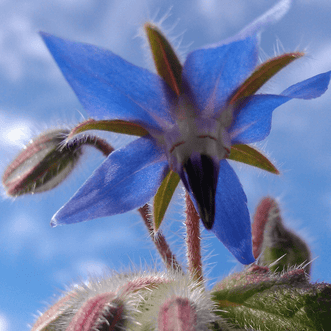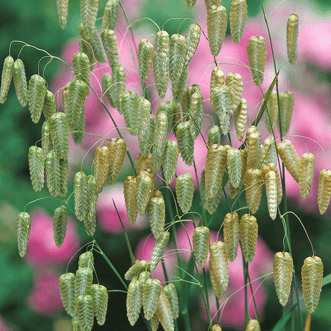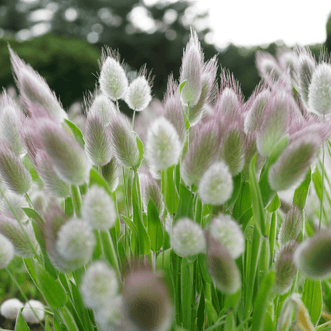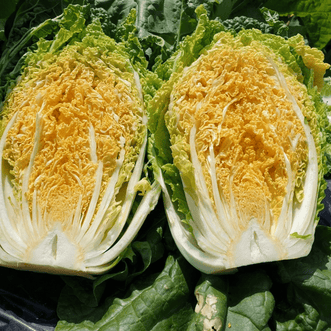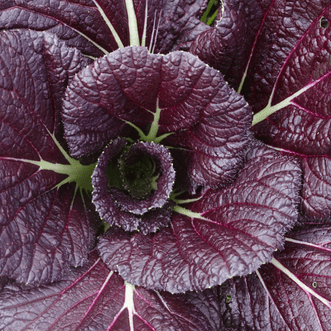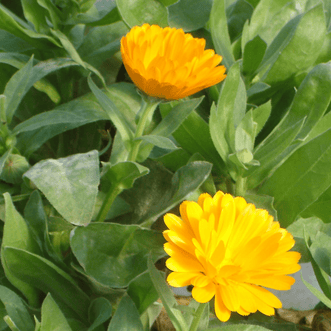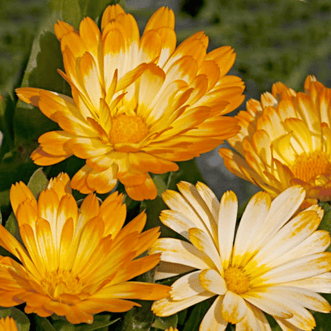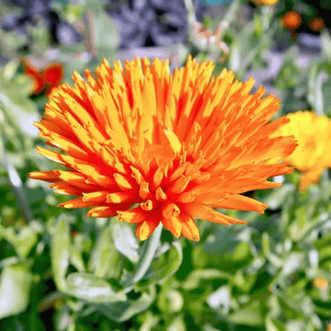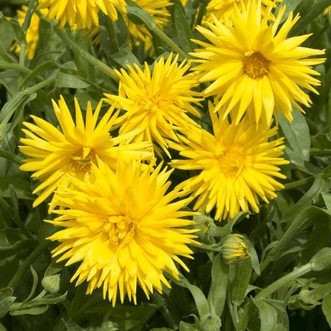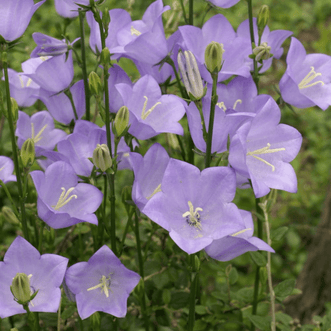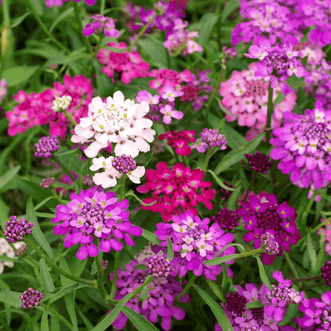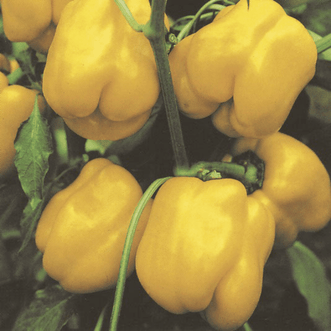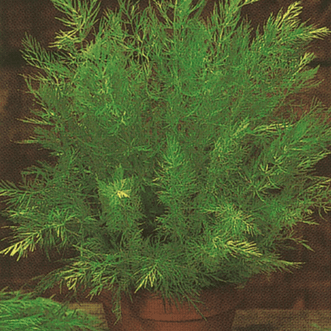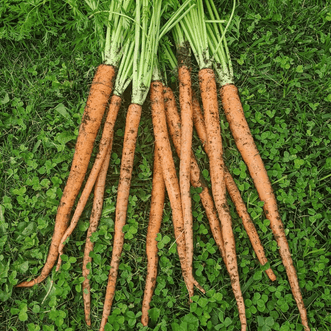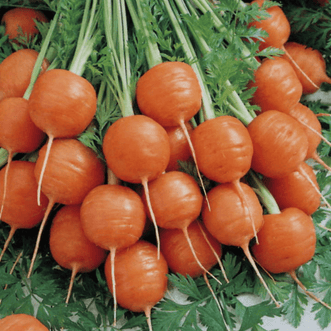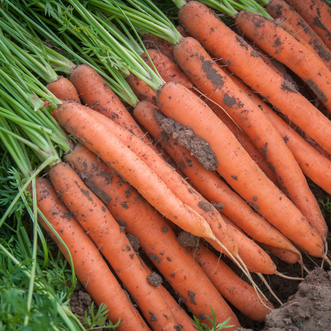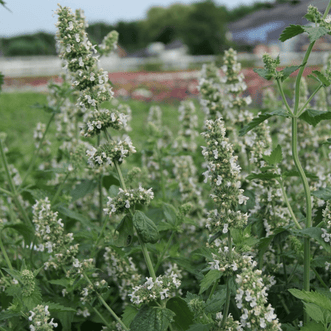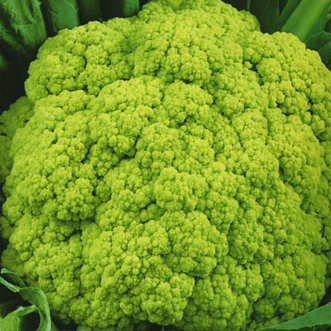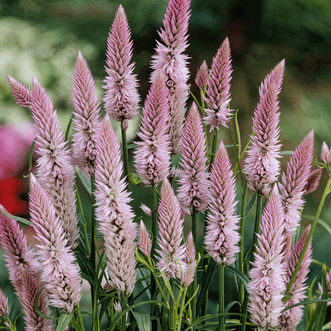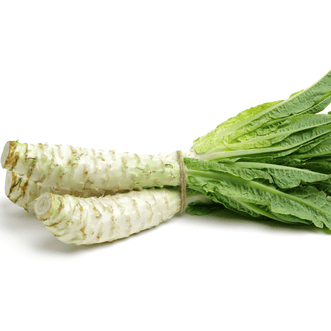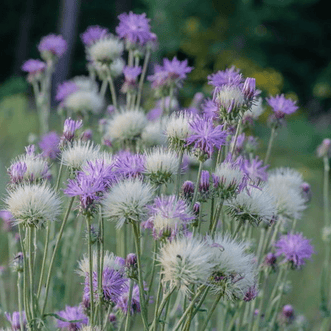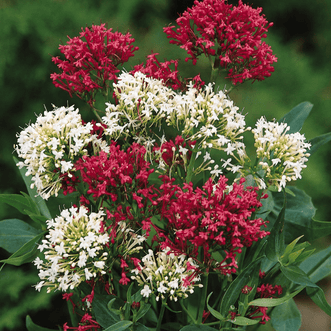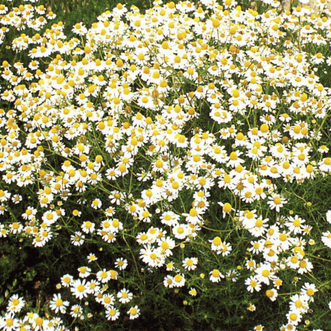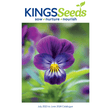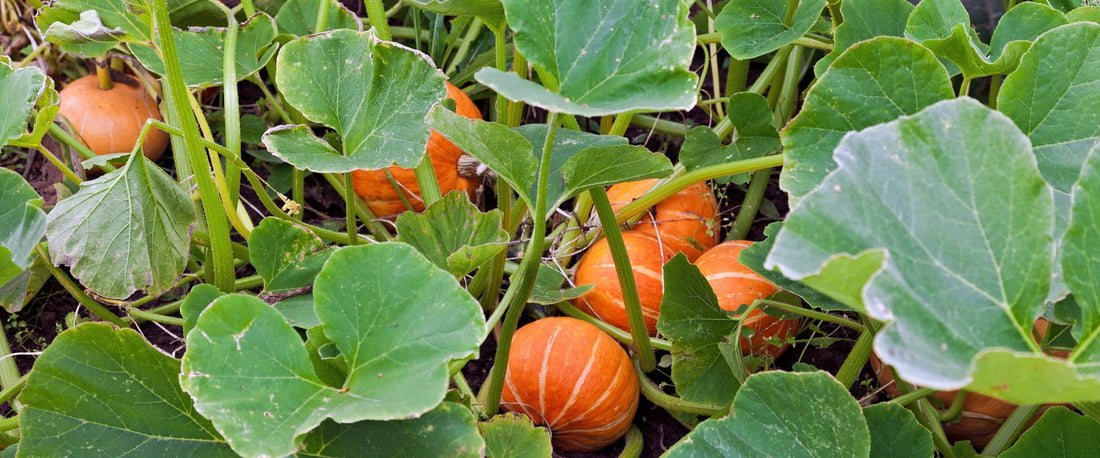
Pumpkin & Squash Tips
TylerThis family also includes melon/cucumber (Cucumis), luffa (Luffa), watermelon (Citrullus) and gourd (Lagenaria).
The word pumpkin originates from the word pepon which is Greek for “large melon". The French adapted this word to pompon, which the British changed to pumpion and later American colonists changed that to the word we use today, "pumpkin".
Kings sell several species within the Cucurbita genus:
Curcurbita pepo (most common)
Cucurbita maxima
Cucurbita moschata
Pumpkin and Squash can be split into four groups:
- Pumpkin – name used in NZ, UK and Europe for hard skinned varieties. Traditionally pumpkin is eaten in the USA as a sweet not savoury dish, in the UK as cattle feed, in Europe they eat the flowers, seeds and the flesh.
- Winter Squash – name used in USA for hard skinned varieties. These include Butternuts and Buttercups.
- Summer Squash – name used in the USA for soft skinned varieties. These have no storage properties, will go soft and mushy after a short time and include zucchini, scallopini (Italian) and courgette (French).
- Marrow – separate variety again. NOT an overgrown summer squash!
Harvesting Pumpkins & Winter Squash
Harvest approximately 120 days from transplant when the skin is hard and the wick is beginning to dry off.
Remove the plant from the vine without removing the wick - leave this on to aid maturing in storage.
The fruit will have a darker, sweeter flesh if left to cure once picked.
Store in a well ventilated spot. An old wire wove bed base off the ground is perfect for storing pumpkins.
Problems for Pumpkins
Wind damage due to the large leaf area especially during times of our equinoxial winds which snap the leaves right off after spinning them around.
Powdery mildew as the plant matures. This is a powdery white coating on the top of the leaves and is a naturally occurring fungi that will kill the plant.
You can use preventative sprays to avoid this. A couple of environmentally friendly options:
- Milk diluted with water + detergent
- Bicarbonate of Soda diluted with water + detergent
Blossom end rot when the fruit sits on the ground or is in storage. This is the opposite end of the plant to the wick.
Importation Issues
When cucurbits are grown in the same place year after year, they become susceptible to the transfer of disease. These include the Zucchini, Cucumber and Watermelon Mosaic Viruses.
To develop resistance to these viruses, some companies use Genetic Modification to introduce resistant genes from the cucumber into other cucurbit species.
The resulting cultivars are banned by NZ MPI. We must sign a declaration to state that the species we wish to import is NOT one of these cultivars.
Cross Pollination
Cucurbits cross pollinate easily due to the upward facing male flowers which “shoot” pollen into the air.
Different cucurbit species will not cross pollinate – for example Cucurbita pepo with Cucurbita maxima
The same species WILL cross pollinate – Cucurbita pepo with another Cucurbita pepo. To prevent cross pollination within the NEXT generation, sowings must be isolated by either time or distance. Thus sow either at least one month or a great distance apart.

